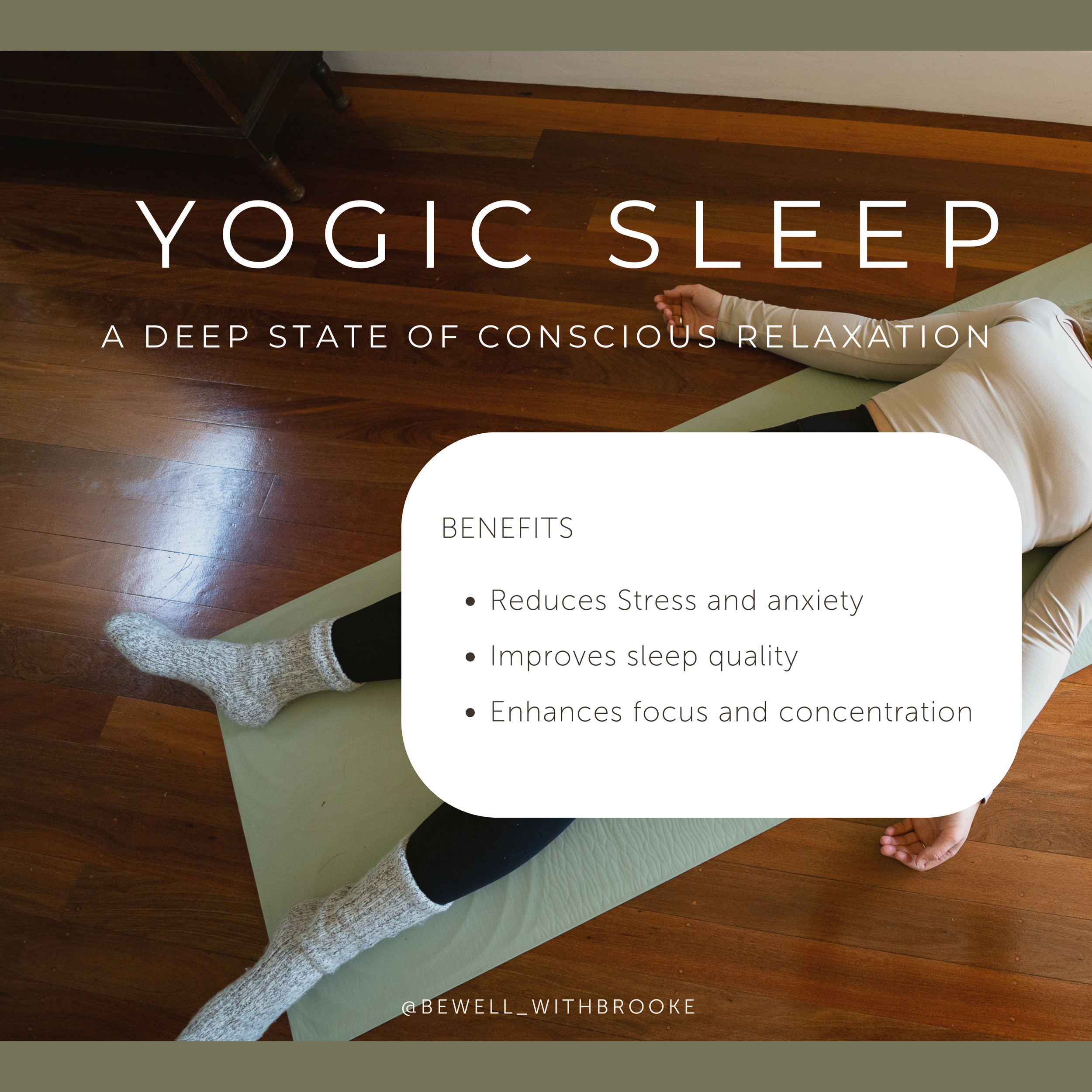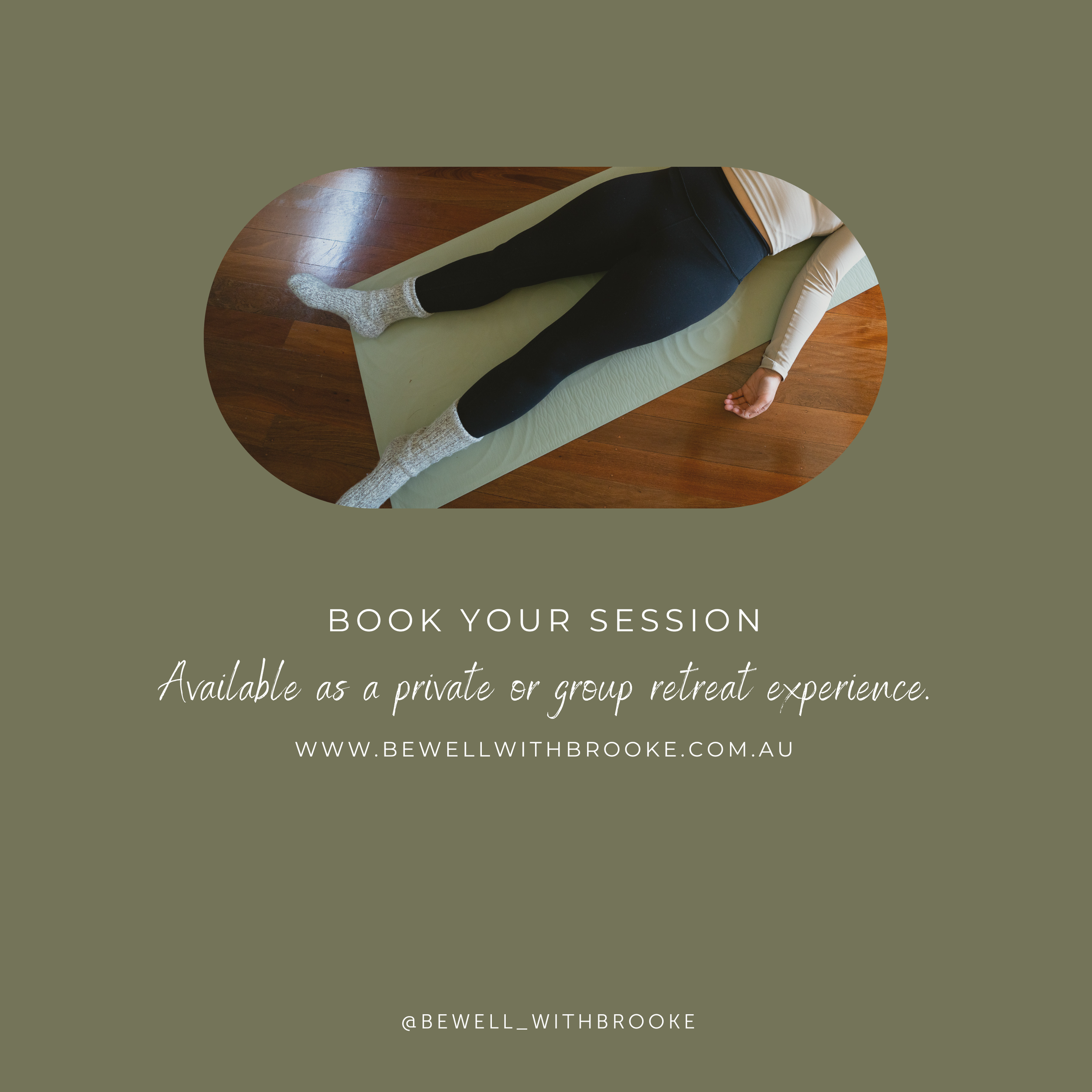Exploring Yoga Nidra: The Ancient Practice for Modern Well-being
Yoga Nidra, also known as “yogic sleep,” is a powerful meditation technique that offers profound relaxation and healing benefits. Rooted in ancient traditions, this practice is designed to guide you into a state of conscious relaxation, balancing the body and mind, and rejuvenating your entire being. Whether you’re a beginner or advanced Yogi, the reminder and understanding of the essence and advantages of Yoga Nidra can be a transformative experience.
What is Yoga Nidra?
Yoga Nidra is a guided meditation practice that typically involves lying down in a comfortable position and being led through a series of steps to induce deep relaxation. Unlike traditional meditation, where the aim is often to clear the mind of thoughts, Yoga Nidra encourages a state of wakeful awareness, where you hover between wakefulness and sleep. This unique state allows you to access deeper layers of consciousness and promote healing on multiple levels.
Benefits of Yoga Nidra
1. Deep Relaxation and Stress Reduction
One of the most significant benefits of Yoga Nidra is its ability to induce deep relaxation. By systematically relaxing the body and mind, it helps reduce stress and anxiety levels, promoting a sense of calm and tranquility.
2. Improved Sleep Quality
Yoga Nidra is often recommended for those struggling with insomnia or other sleep disorders. The practice can help reset the body’s natural sleep cycles, leading to more restful and restorative sleep.
3. Emotional Healing
By allowing suppressed emotions to surface and be processed in a safe environment, Yoga Nidra can facilitate emotional healing. This process can help release trauma and reduce the impact of negative emotions.
4. Enhanced Creativity and Focus
The deep state of relaxation achieved through Yoga Nidra can also enhance creativity and improve focus. By quieting the mind, it opens up space for new ideas and solutions to emerge.
5. Physical Healing
The practice has been shown to stimulate the parasympathetic nervous system, which aids in physical healing and recovery. It can be particularly beneficial for those with chronic pain or other health conditions.
Scientific Perspectives
Research supports the benefits of Yoga Nidra. Studies have shown that regular practice can reduce cortisol levels, improve heart rate variability, and enhance overall mental well-being. Neuroimaging studies also suggest that Yoga Nidra activates areas of the brain associated with self-awareness and relaxation.
Getting Started with Yoga Nidra
For beginners, it’s essential to approach Yoga Nidra with an open mind and patience. Here are some tips to get started:
• Find a Comfortable Space: Choose a quiet, comfortable place where you won’t be disturbed.
• Use Guided Sessions: There are many audio recordings and videos available that can guide you through a Yoga Nidra session. If you would like a recording, get in contact with me. I offer private 1:1 sessions and you’ll recieve the audio file.
• Consistency is Key: Regular practice can deepen your experience and enhance the benefits.
• Set an Intention: Start each session with a clear intention to focus your mind.
Whether you are new to meditation or an experienced practitioner, Yoga Nidra offers a pathway to deeper relaxation, healing, and self-discovery. By incorporating this ancient practice into your modern routine, you can cultivate a balanced and harmonious life.
Conclusion
Yoga Nidra is a versatile and powerful practice suitable for individuals of all backgrounds. Its ability to promote deep relaxation, emotional healing, and physical well-being makes it a valuable tool in today’s fast-paced world. Embrace Yoga Nidra as part of your wellness journey, and experience the profound benefits it can bring to your body, mind, and spirit.
For those interested in exploring Yoga Nidra further, consider scheduling a 1:1 Yoga Nidra session to experience personalised guidance and support. Embrace this ancient practice and discover the profound relaxation and healing it can offer.
Otherwise, add this to your retreat itinerary. Interested in a retreat for your group? Find out more here.


